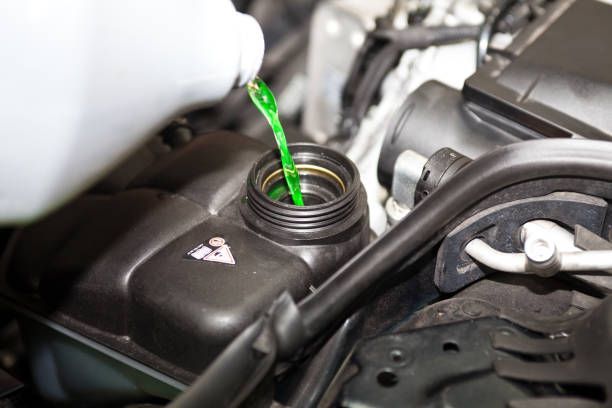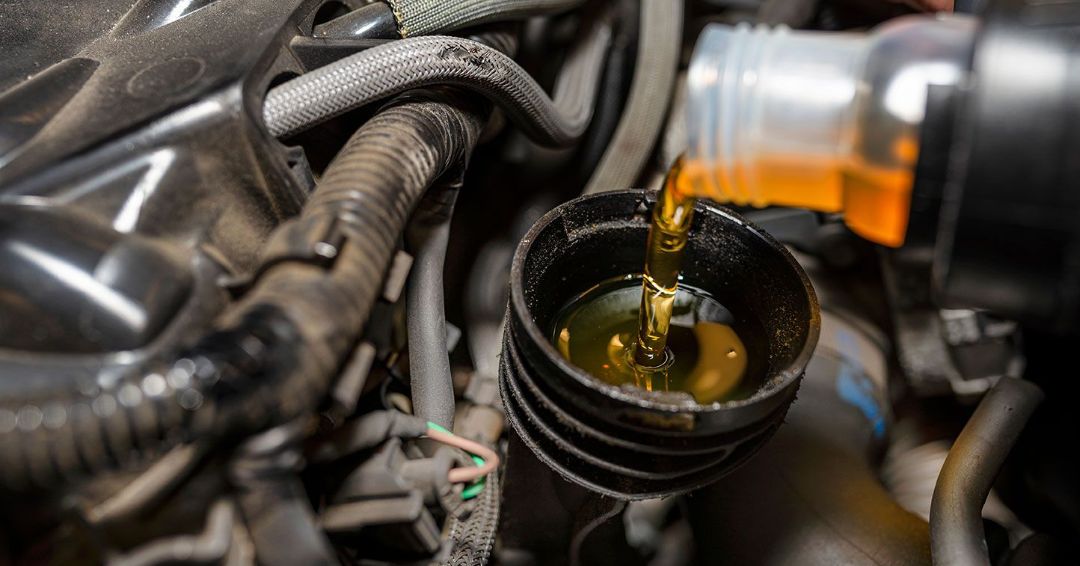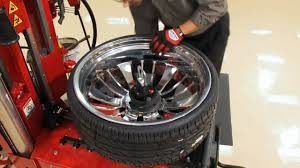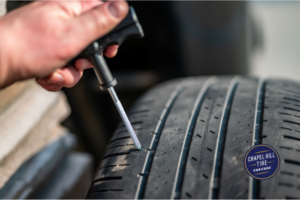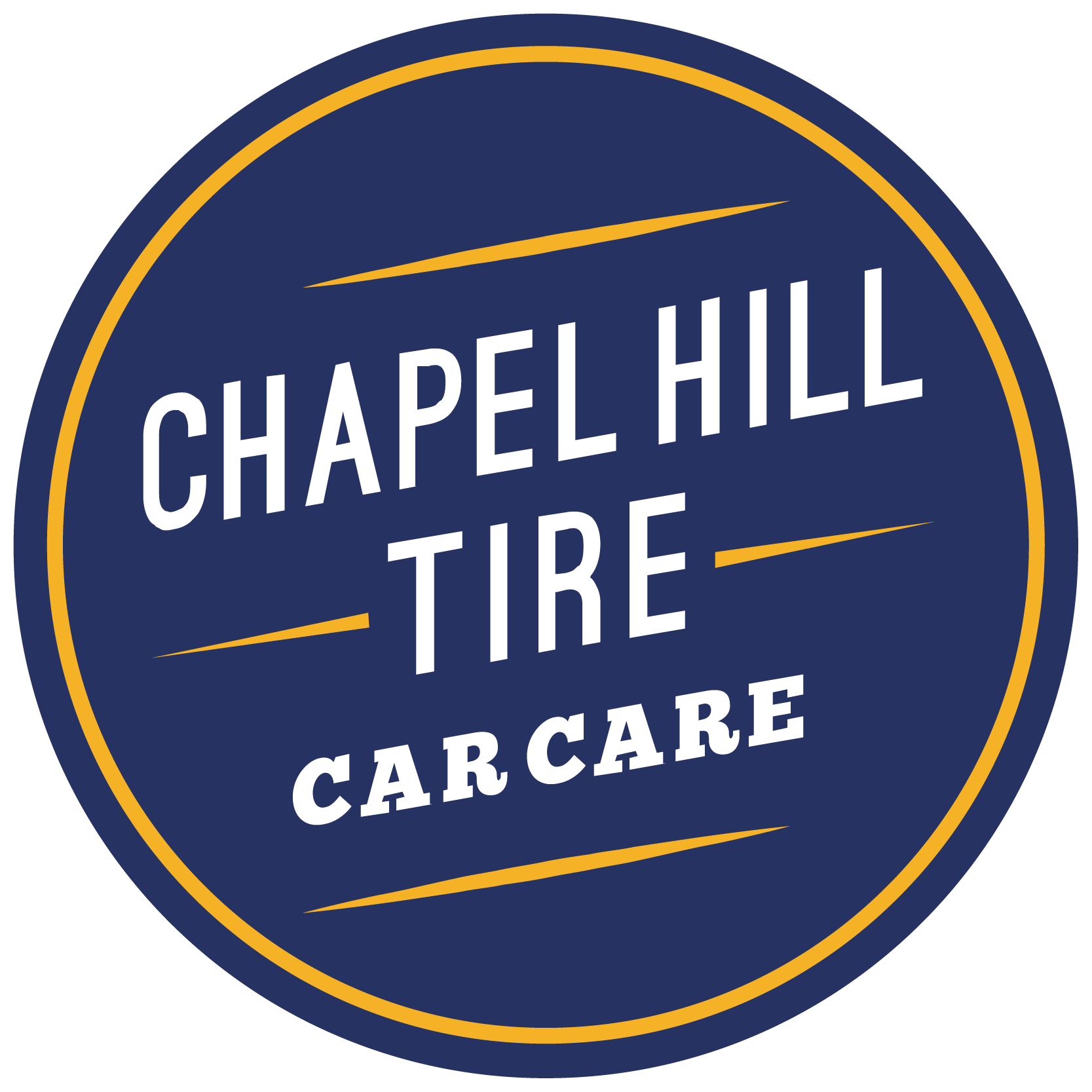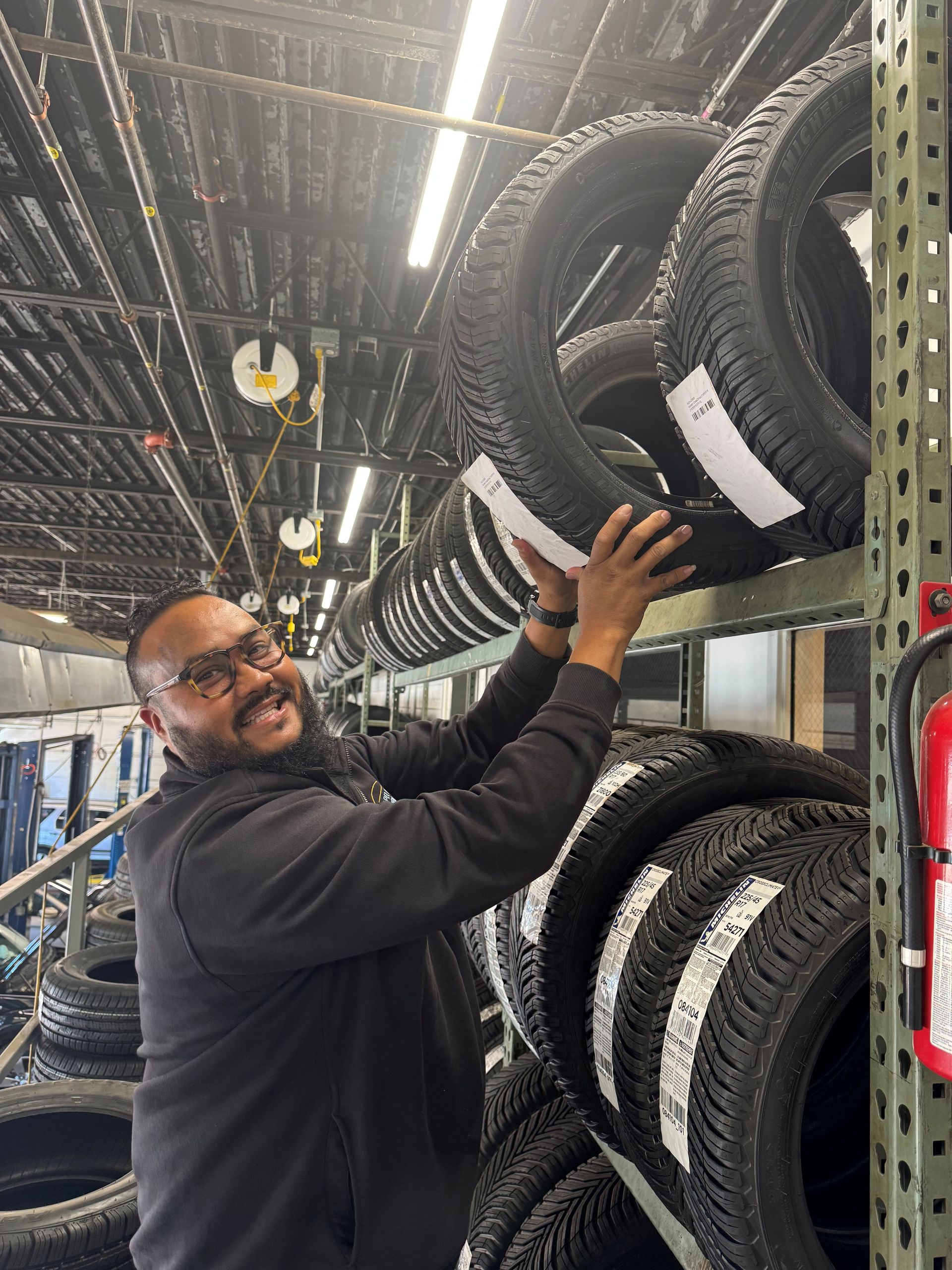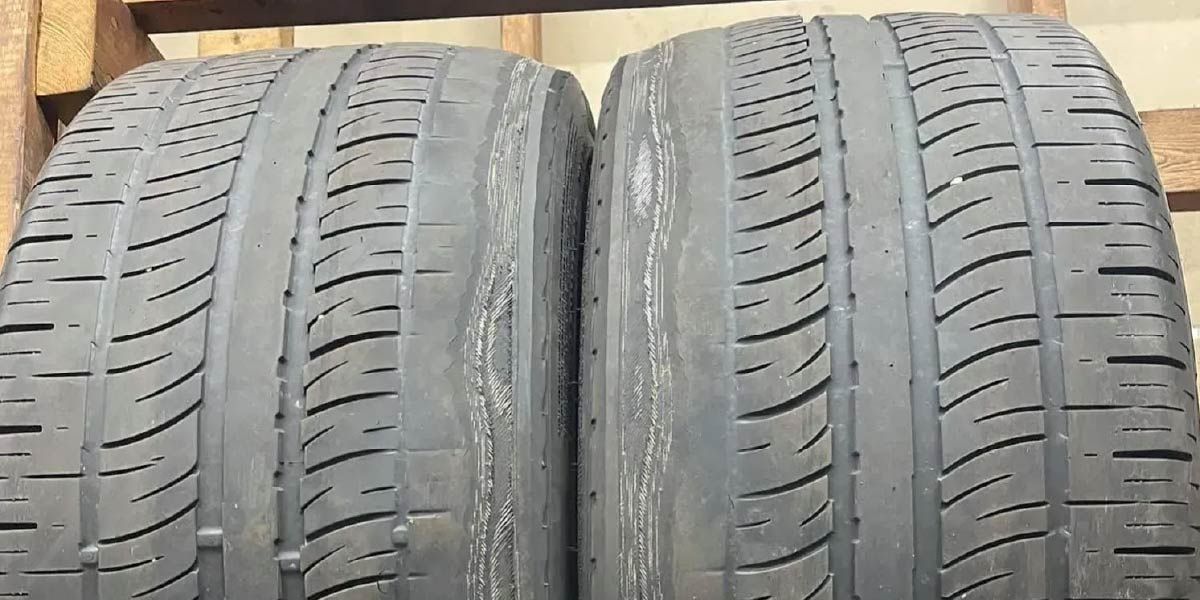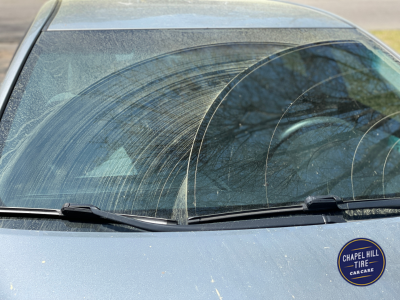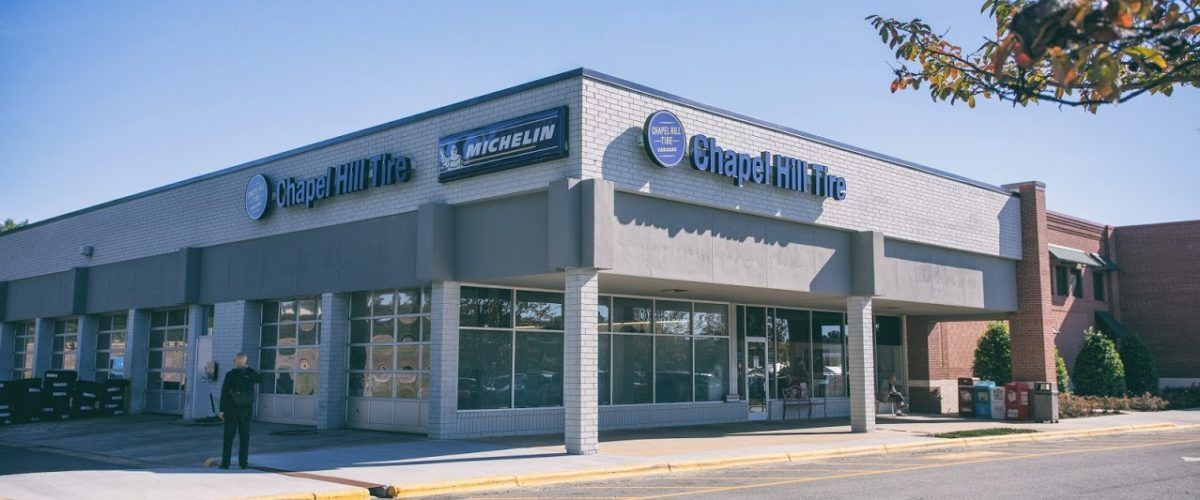How to Change a Car Tire
Auto Shops Located in: Chapel Hill, Durham, Taleigh, Apex, and Cary North Carolina
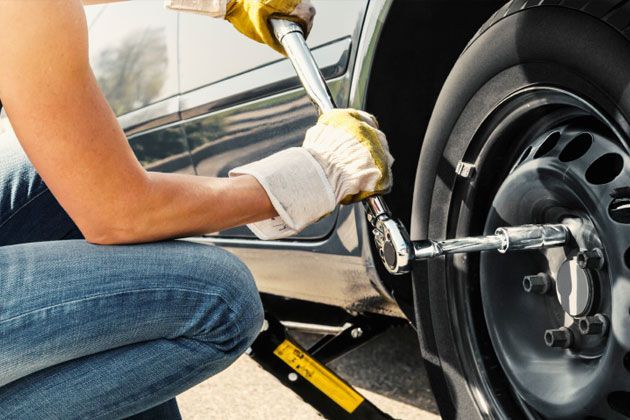
Remember when you were a kid and the family piled into the station wagon to go on a road trip? Somewhere near the Tennessee border your dad reached into the backseat to quiet down the kids, hit the shoulder, and busted a tire. As he fixed it, traffic howling past, he told you to watch. He said, “One day you’ll need to know how to do this.’” But you were busy trying to catch a Minnesota plate to complete a three-in-a-row on license plate bingo, so you could beat your sister.
Flash forward to today, and you wish you had watched your father—because now you really need to know how to change a tire. You got a flat and that Minnesota tag of yesteryear isn’t helping at all. The professionals at Chapel Hill Tire are here to help with our quick guide on changing a tire.
What tools do I need to change a tire?
It’s always easier to do a job when you have the right tools. When it comes to changing a tire, there are a few things you need.
- You need a jack. Your vehicle came with a jack. It’s a simple device that you crank to raise your vehicle so you can remove the flat tire and put on a spare. One thing you may want to keep in mind: factory jacks are not the greatest. What your car comes with is the most basic of tools. If you want to purchase a more heavy-duty jack, or one that is easier to use, you can purchase one from $25 to $100. If you’re prone to hitting curbs and popping tires, a good jack might be a solid investment.
- You need a tire iron. Again, your car came with this. It’s used to loosen your tire’s lug nuts, the large screws that keep it attached to the wheel. One tip: Get the lug nuts started before you jack up the car, while it is still stable on the ground. Removing them can take some leverage and you don’t want to push your car off the jack. Some vehicles will have a key to unlock your lug nuts to prevent theft. Your owner’s manual will have specific instructions for your vehicle.
- You need a spare tire. This is the “donut” in your trunk. It is important to remember that spare tires are not rated like normal tires. You should not drive on them long or quickly. In fact, some people purchase a full-size spare, a tire just like those on your car. Whether or not this is right for you depends on your budget and if your trunk can accommodate a full-size tire. Trucks or SUVs often have space available for a full tire.
How do I change the tire?
- Pull over in a safe spot. Remember when your dad stopped on the side of the Interstate? Don’t do that. Get yourself to a safe place with limited traffic and turn on your hazard lights.
- Loosen the lug nuts. After you get all the tools out of your trunk, loosen the lug nuts. You don’t want to take them all the way off, but you want to get them started.
- Jack up your car. Consult your owner’s manual to see where you should put the jack. Every car is different. If you put it in the wrong place, it could hurt your vehicle…or, worse, collapse and hurt you. You want to raise the car until the tire is 6 inches off the ground.
- Replace the tire. Remove the bad tire and put on your spare. When you put on the new tire you want to tighten the lug nuts so the tire is in a proper position before lowering the vehicle.
- Lower the vehicle. Put the car back on the ground. Take your time and, even though you’re almost done, stay aware of your surroundings.
- Tighten lug nuts. When the car is on the ground, tighten the lug nuts all the way. The DMV recommends that you tighten 50% on one then move to the opposite lug nut (across the circle), and so on until all are tightened. When everything is as tight as you can get it, pack all your tools and the bad tire back up in your trunk.
When you first begin to drive on your tire replacement, take it slow to ensure that everything is in place. Your safety always comes first when it comes to matters on the road.
Your tire experts are here to help.
After you change a tire, contact your local Chapel Hill Tire location. We can give you an estimate on a new tire or see if the tire that went flat can be repaired. Again, we don’t want you driving around on a factory spare for long. It’s there to help you get to a safe location, not as a replacement for your regular tire. All you have to do is request an appointment with Chapel Hill Tire and we will get your vehicle back in working condition. With 7 locations around the Triangle, Chapel Hill Tire is poised to help you with all of your car care needs.
We’ve got all your automotive repair needs covered.
